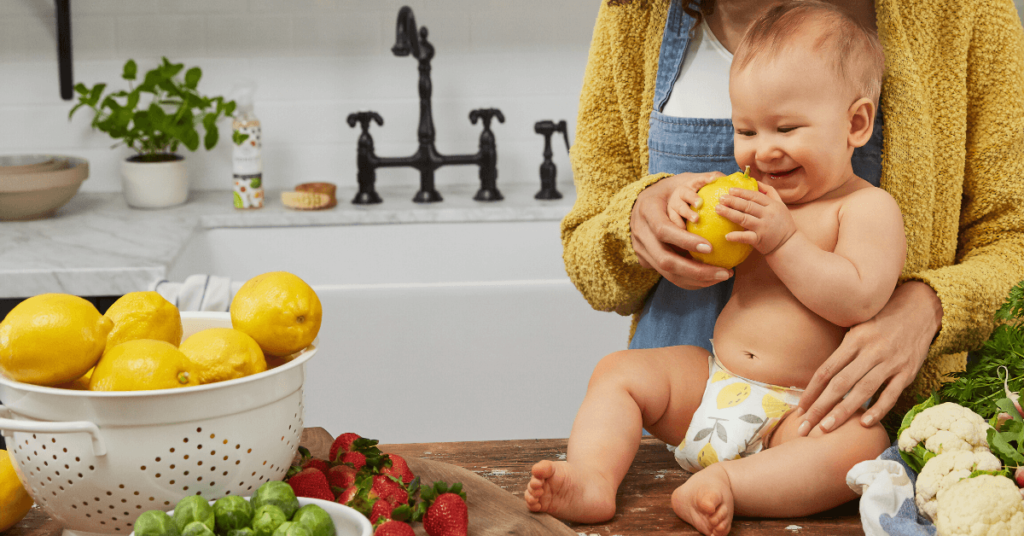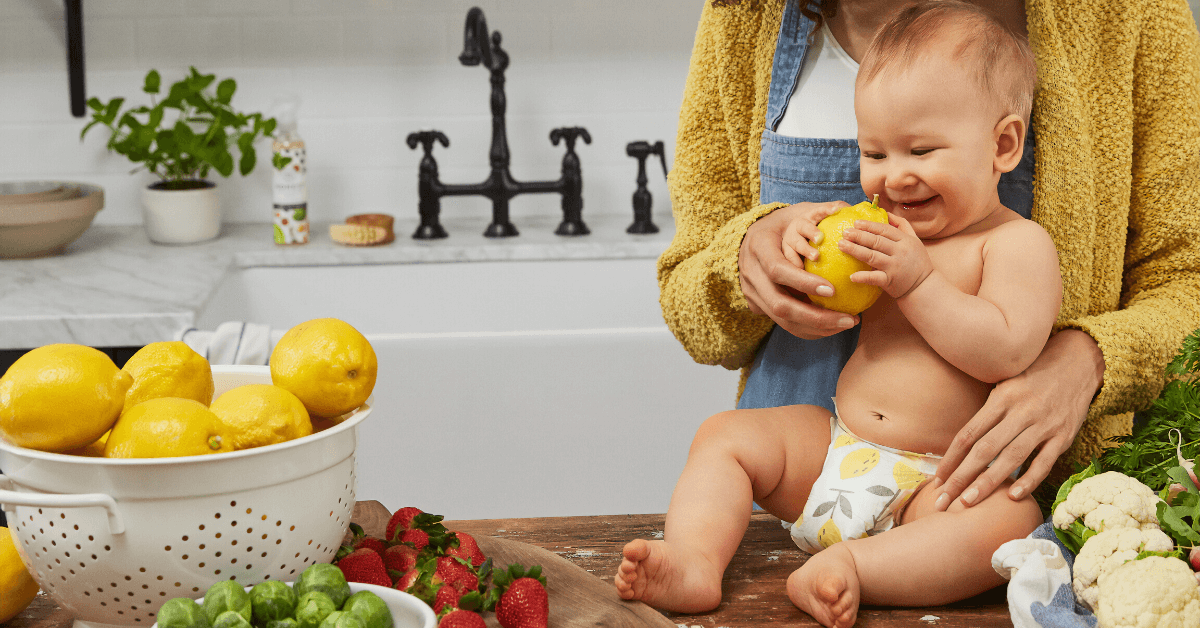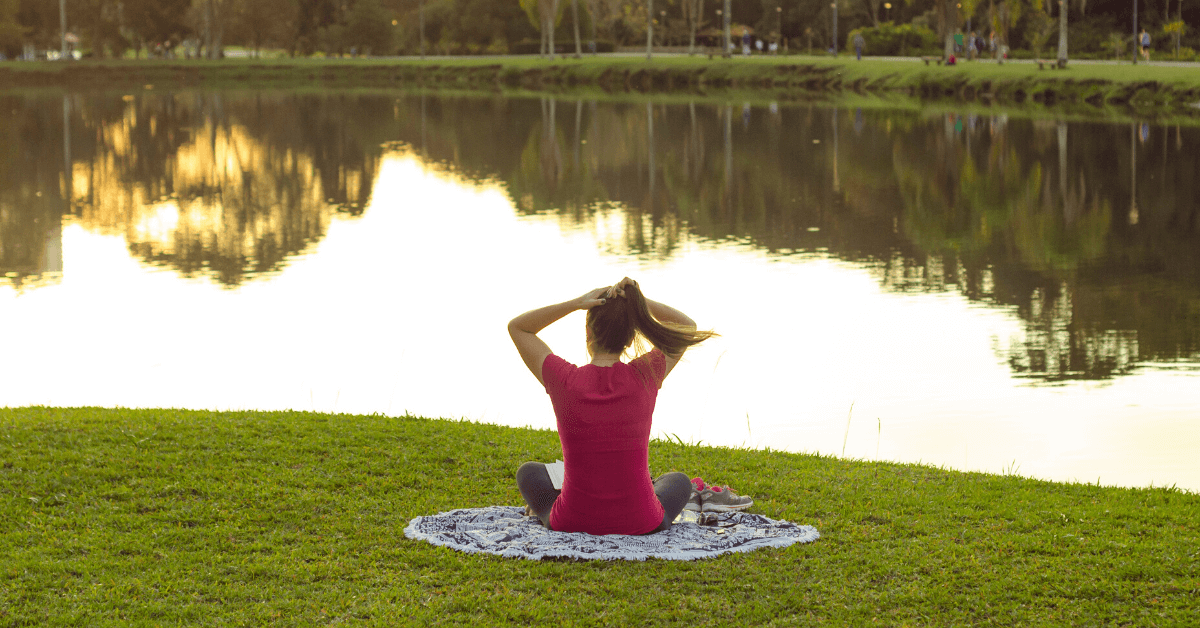The holidays are a time for spending time with loved ones and friends, eating some delicious food and more importantly, relaxing.
When it comes to the holiday period, we seem to spend a lot more time with our feet up than we do hitting the gym or working out. And who can blame us? We’ve worked incredibly hard throughout the year and we deserve a break.
But getting in a workout doesn’t have to require the gym, equipment or even a lot of effort. In fact, all it takes is a little dedication and just 30 minutes of your time. That’s it. And afterwards, you will be left feeling a little less guilty about eating three helpings of pudding last night and a little more energised and happy!
How this guide works
All of these exercises can be done in the comfort of your own home. We’ll take you through the various exercises and how they are done, then we will apply them to a sweat-creating, muscle-making, heavy-breathing kind of workout (seriously, it’s a great one!).
Oh, and while you’re here, have a look at this blog on healthy hacks for the holiday season plus 3 healthy recipes for classic holiday meals.
1. Chair pose
Target muscles: Hamstrings, glutes and core
Start in a standing position, feet shoulder-width apart. Then, extending your arms in front of you, lower your body into a seated position. You can do this against a wall with your back straight up against the wall. Basically, you get into a seated position, but without the chair.
Hold this for one minute.
2. Standing side-leg raises
Target muscles: Core and hips
Start in a standing position with your feet shoulder-width apart. Start by lifting your right leg out toward the side, keep your core tight as you slowly lift your leg. Then return it back to the starting position. Make sure this is a slow and controlled movement, extending your leg to just over 45 degrees (if you can).
Repeat with each side for 10 to 15 reps per side.
3. Oblique side bends
Target muscles: Obliques
Starting in the standing position with your feet shoulder-width apart. Place your hands behind your head (clasping the back of your head with your fingers intertwined). Engage your core and bend at your waist to the right toward the floor – in a slow and controlled motion. Then repeat on the other side.
Do this for 15 to 20 reps per side.
4. Sumo squat
Target muscles: Inner thighs
Start by standing with your feet wider than shoulder-width apart and your toes pointing slightly outwards. With your hands clasped together at your chest (this will help with balance), push your hips back and then squat down – make sure you keep your back straight and your upper body lifted.
Repeat this 10 to 15 times.
5. Push-ups
Target muscles: Triceps, chest, core and shoulders
This is a great upper body exercise!
Start with your stomach and chest on the floor. Your legs should be straight out behind you and your palms should be in line with your chest. Push from your heels and hands as you bring your chest, torso and thighs off the floor. Then slowly lower yourself back down and repeat.
An easier pushup version: It makes it a little easier if, instead of your feet being on the mat, you bring your heels towards your butt and then, press slowly through your hands to fully extend the elbows. Then slowly return to the starting position (flat on the floor).
Repeat 5 to 10 times.
6. Glute raises
Target muscles: Glutes
Start by lying flat on your back with your knees bent and your feet flat on the floor. Keep your arms down at your side with palms facing down.
Slowly lift your hips off the ground until they form a straight line with your knees and shoulders. Hold this for a few seconds before easing back down.
Repeat 10 to 20 times.
7. Side plank
Target muscles: Obliques
Start by lying on your side with your feet together and stacked on top of one another. Then raise yourself onto your elbow and lift your hips off the mat – raise your hips until your body is in a straight line from head to fee. Keep your core tight.
Hold this position for 30 seconds. Repeat on the other side.

Full body workout example
Now that you know how to do these simple at-home exercises, let’s discuss how you can apply these to a workout…
3 – 4 rounds. Full body. Prepare to sweat.
- Chair pose – hold for 60 seconds
- Standing side leg raises – 10 reps per side
- Oblique side bends – 15 reps per side
- Sumo squat – 10 reps
- Pushups – 10 reps
- Glute raises – 20 reps
- Side plank – hold for 30 seconds each side
So, get to sweating!
Happy holidays from all of us at WellBe!












